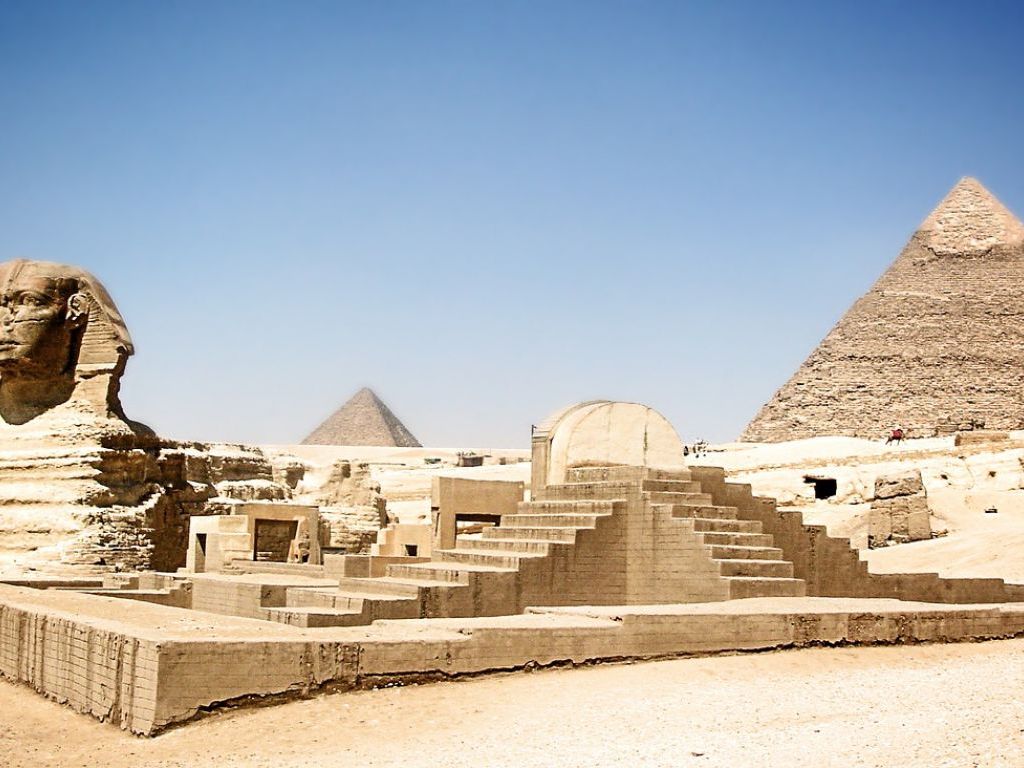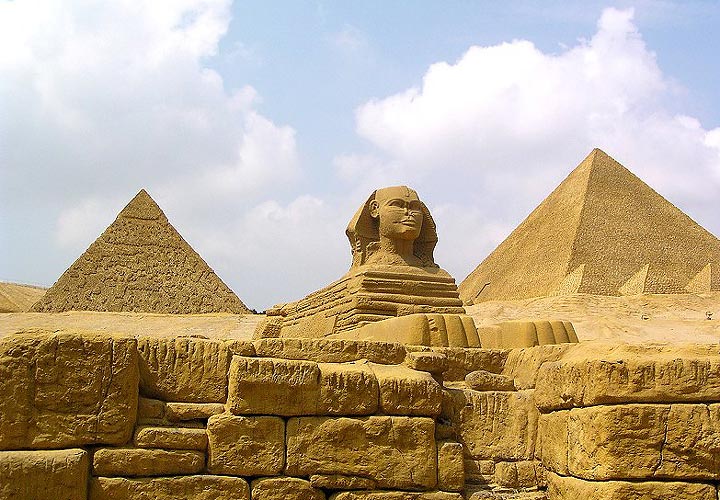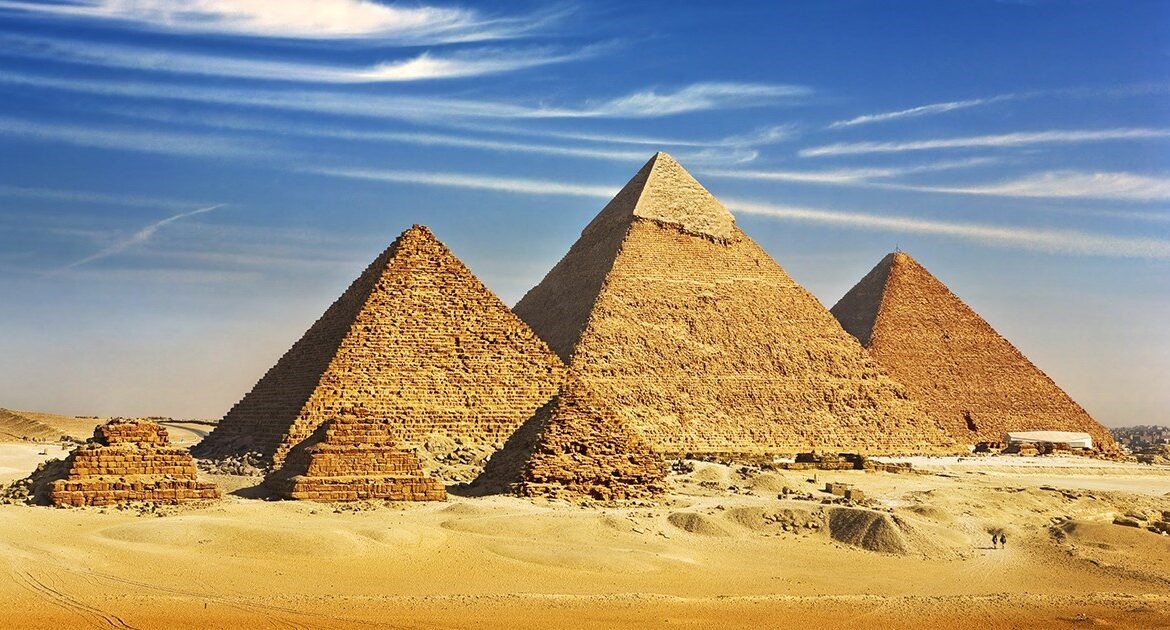Pyramids have captivated human imagination for millennia, standing as iconic monuments that represent the pinnacle of ancient architectural achievement. Found across different civilizations and continents, these towering structures continue to intrigue scholars, historians, and tourists alike. From the grandeur of the Egyptian pyramids to the lesser-known marvels scattered around the globe, each pyramid tells a unique story of human ingenuity, cultural significance, and historical legacy.


One of the most renowned pyramid complexes exists in Egypt, where the Great Pyramid of Giza stands as a testament to ancient engineering prowess. Built over 4,500 years ago as the tomb for Pharaoh Khufu, it remains one of the Seven Wonders of the Ancient World. Its sheer size and precision of construction continue to baffle experts, with theories ranging from advanced mathematical knowledge to extraterrestrial intervention.
Discover the world on your terms with our hassle-free car rental services. Book now for the ultimate travel experience:
However, Egypt is not the sole home to pyramids. In Central America, the Maya civilization erected impressive pyramidal structures, such as those found in Tikal, Palenque, and Chichen Itza. These architectural wonders served as ceremonial centers, astronomical observatories, and symbols of political power. The step pyramids of Teotihuacan in present-day Mexico also stand as a testament to the ingenuity of Mesoamerican cultures.
Moving to Sudan, the ancient Kingdom of Kush boasts its own pyramid fields at sites like Meroe and Nuri. These pyramids, though smaller in scale compared to their Egyptian counterparts, reflect a unique blend of Egyptian and indigenous Nubian architectural styles.
Beyond these well-known examples, pyramids can be found in various forms and sizes across the globe. From the Nubian pyramids of Sudan to the mud-brick pyramids of ancient Mesopotamia, these structures served diverse purposes ranging from royal tombs to religious sanctuaries.
Despite their geographical and cultural diversity, pyramids share common themes that transcend time and place. They represent the human quest for immortality, the power of centralized authority, and the spiritual connection between Earth and the heavens. Their geometric precision and alignment with celestial bodies hint at a deep understanding of mathematics, astronomy, and cosmology among ancient civilizations.
In modern times, pyramids continue to evoke fascination and awe. Archaeological excavations uncover new insights into their construction techniques, symbolism, and cultural significance. Tourists flock to these ancient sites, seeking to unravel the mysteries of the past and connect with the enduring legacy of humanity’s collective heritage.
As we gaze upon these monumental structures, we are reminded of the enduring legacy of ancient civilizations and the timeless pursuit of knowledge, power, and transcendence. Pyramids stand as silent witnesses to the ingenuity, creativity, and aspirations of our ancestors, inviting us to explore, contemplate, and marvel at the wonders of the ancient world.



